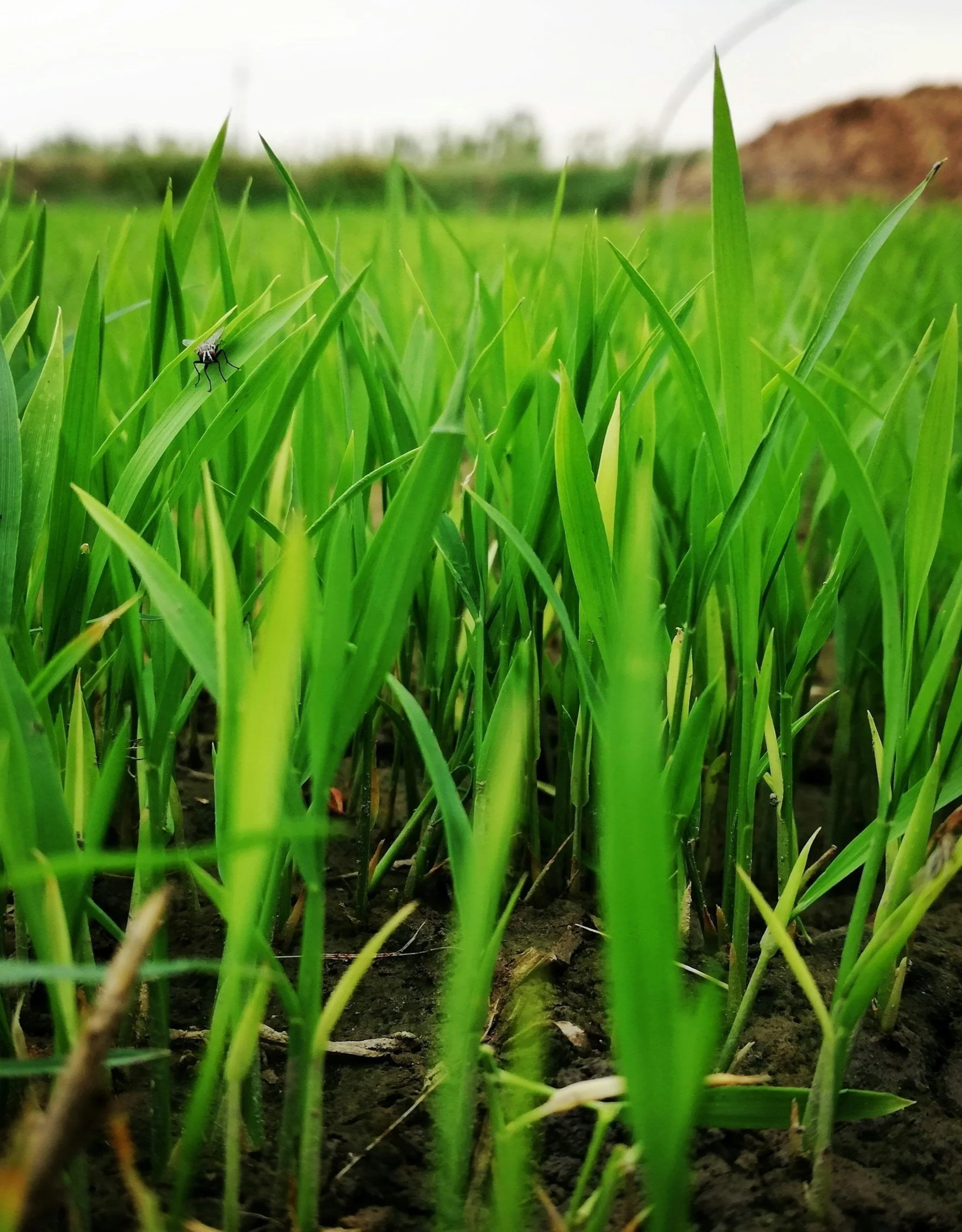Reflect on a Louisiana Plantation Tour
History, memory, and the stories you cary with you
Arriving to Oak Alley plantation
Last update: November 14, 2025
Louisiana’s plantations aren’t just historic sites — they’re places where memory, beauty, violence, and human stories overlap in ways that stay with you.
Visiting one isn’t about checking off an attraction; it’s about sitting with the past and understanding the lives that shaped the region. This reflection isn’t a guide or a list of things to do.
It’s simply what it felt like to stand there, what the history holds, and why these places matter.
This journey wasn't just about sightseeing; it was about connecting with the past, confronting its complexities, and remembering some of the saddest chapters of American history.
Our visit to Oak Alley Plantation was both beautiful and painful, and we can only encourage every visitor to visit at least one Louisiana plantation on the Great River Road/Plantation Alley.
This article is part of our series: 5 things to do in Louisiana — off the beaten track.
Find a Plantation Tour:
🧳 Field Notes
When we went: Spring, driving loop from Lafayette through St. Martinville and along River Road.
Where we stayed: Our base — the bayou cabin in Breaux Bridge. From there, it’s an easy day trip to the plantations.
How we got around: Car — necessary to explore the region’s plantation corridor and small towns.
Highlights: Joining a discussion to learn the story from the perspective of the enslaved; walking through memorials and listening in silence.
Mistakes we made: Expecting it to feel “touristy.” It doesn’t. It’s sobering and powerful — plan time afterward to sit quietly with it.
Oak Alley Plantation
Our visit to Oak Alley Plantation was like stepping into a scene from a movie set in the past — or Forrest Gump! — where everything seemed frozen in time beneath the canopy of ancient oak trees. As we approached the grand mansion, flanked by rows of majestic oaks, we went silent. The white columns and classic architecture made it look like something straight out of a history book, but with an added touch of Southern charm.
Inside the mansion, though, we soon forgot about the beautiful decoration and lavish furnishing. We felt a wave of sorrow, as if the walls were keeping somber stories.
Our guide was great, with many interesting tales and an impressive knowledge of the owner’s family.
Penguin Trampoline tip:
If you have a rental car, try to book an early visit, for a more intimate and quiet experience. Do book ahead, as this is a popular plantation.
Tour buses from New Orleans usually show up after 10am.
One of the most notable owners of Oak Alley was Jacques Telesphore Roman, a wealthy Creole sugar planter who purchased the property in the early 1800s. Under Roman's ownership, Oak Alley flourished, becoming a symbol of prosperity and opulence in the antebellum South. It was during this time that the iconic mansion with its distinctive white columns was constructed, transforming Oak Alley into one of the most recognizable sugar plantations along the Mississippi River.
After Roman's death, Oak Alley passed through several hands before eventually being purchased by Andrew and Josephine Stewart in 1925. The Stewarts were instrumental in preserving the plantation's historic integrity and ensuring its legacy for future generations. Under their stewardship, Oak Alley was opened to the public as a historic site, allowing visitors to experience firsthand the rich history and architectural splendor of the plantation.
Amidst all the grandeur, we couldn't ignore the darker side of history and went to visit the slave quarters, a stark reminder of the harsh realities of plantation life. Standing in those cramped quarters, a sense of sadness overwhelmed us again, learning about the people who had lived and suffered there.
We joined a discussion led by an expert to know more about life on a plantation from a slave’s perspective, and remind us of the resilience of the human spirit.
Never forget
The "Wall of Names" stands as a timeless tribute, immortalizing the memory of every individual who endured enslavement at Oak Alley throughout its history as a plantation.
The plantation also maintains a database granting public access to all existing information concerning the enslaved community integral to the construction and maintenance of Oak Alley plantation — including names, origins, and relationships, juxtaposed with the dehumanizing markers of slavery, such as appraised value.
Oak Alley Plantation is currently owned and operated by the Oak Alley Foundation, a non-profit organization dedicated to preserving and interpreting the plantation's history. Through educational programs, guided tours, and ongoing conservation efforts, the foundation continues to honor the legacy of Oak Alley and its former inhabitants.
The Great River Road - Plantation Alley
After our moving visit to the Oak Alley Plantation, we drove along the Great River Road, a stretch of highway that winds its way along the Mississippi River — also known as Plantation Alley. It’s a journey that's both breathtaking and sobering, where you'll find yourself immersed in the beauty of the landscape while remembering the harsh realities of the past.
You can drive the road yourself, or book a tour from New Orleans.
We saw several antebellum mansions. These plantations, with their stately architecture and lush gardens, are like something out of a history book.
However, they also carry a heavy weight. The stories of the enslaved people who lived and worked on these plantations are everywhere along the Great River Road.
A bittersweet history
Fortunately, life on the planation is different now, but Louisiana is still a major contributor to the national sugar production.
An average, the State boasts a staggering production of over 14 million tons of sugar cane per year, cultivated across more than 440,000 acres spread across 24 parishes.
But we also encountered vibrant communities that have risen from the ashes of the past, celebrating their culture and heritage in the face of adversity. From soulful music to mouthwatering cuisine, the spirit of Louisiana is alive and thriving along the banks of the Mississippi.
Vacherie
And one of these communities is Vacherie. As a French person (Eli), I had to go to Vacherie for the name — which means playing a trick on someone or saying something nasty!
Vacherie actually comes from “vache” (cow), since the region was famous for its cattle. And just in case you get chased by a cow, make sure to book travel insurance — with a 5% discount for booking through Penguin Trampoline! Medical bills in the US are high, even for a basic cold!
This quaint settlement nestled in St. James Parish, on the west bank of the Mississippi River, is perfectly positioned between the bustling cities of Baton Rouge and New Orleans.
Rooted in Creole heritage, Vacherie is a melting pot of influences from the French, Spanish, West Africans, and Native Americans. It's a place where the past intertwines with the present, creating a rich mix of traditions and customs.
Along South Louisiana’s Andouille Trail, you'll find spots like Spuddy’s Cajun Foods, where you can take Cajun cooking classes. Unfortunately, we visited on a Sunday, and it was closed!
Donaldsonville
After a delicious Cajun lunch at Grapevine Cafe in Donaldsonville, we decided to explore this quaint little town on foot. Almost every town and city in Louisiana has a real “city center”, with sidewalks and local shops — awesome for the European that I am!
We soon noticed that shop windows were vintage — very, very vintage. A small Google search informed us that a movie had been filmed there recently: Grilled cheese, set in the 30’s!
Around the main streets, you’ll find some picturesque Southern homes… haunted or not!
Plan your trip
✈️ Find flights: Omio Flights
🏨 Find hotels: Booking.com Hotels
🚗 Compare car rentals: Rentalcars.com
🧤 Get travel gear: Shop our Amazon list
🛡️ Heymondo Travel Insurance (5–15% off): Get Heymondo
🐾 Fahlo Wildlife Bracelets (20% off, no gators yet): Shop Fahlo
❓ FAQ: Visiting a Louisiana plantation
Why do people visit plantations in Louisiana?
Many travelers go to understand the region’s history, learn about enslaved people’s lives, and see how these places interpret the past today. Plantation visits can be powerful and uncomfortable, and that’s part of their value.
Which plantations focus most on history rather than tourism?
Plantations like Whitney Plantation focus directly on the lives and resistance of enslaved people. Others offer mixed approaches, blending architecture, personal stories, and historical interpretation.
Are plantation tours in Louisiana suitable for children?
Yes, but it depends on the child. Some sites (like Whitney) include frank discussions about slavery and may be emotionally heavy. Older children and teens often benefit most from the experience.
Is it ethical to visit plantations?
Yes — when the intention is to learn, not romanticize. Many sites have shifted toward historical accuracy and educational programming centered on the enslaved, which helps preserve and communicate difficult truths.
What should I expect emotionally?
A mix of reflection, heaviness, and quiet. Many visitors describe the experience as grounding and emotional. Give yourself space afterward to process.
How long does a plantation visit take?
Most visits last between 1.5 and 3 hours, depending on how much time you spend on the grounds and at exhibits.
Finally, here is a beautiful playlist to listen to on your Plantation Alley road trip:
In the shadows of the majestic oaks, we've confronted the horrendous legacy of slavery and the enduring resilience of the human spirit.
We must honor the stories of those who came before us, amplify their voices, and ensure that their legacies are never forgotten.
This trip was bittersweet — a necessary reminder that freedom is a gift we should never take for granted.
Reading recommendation: The Invention of Wings, by Sue Monk Kidd.
Other articles from our series 5 things to do in Louisiana — off the beaten track:











